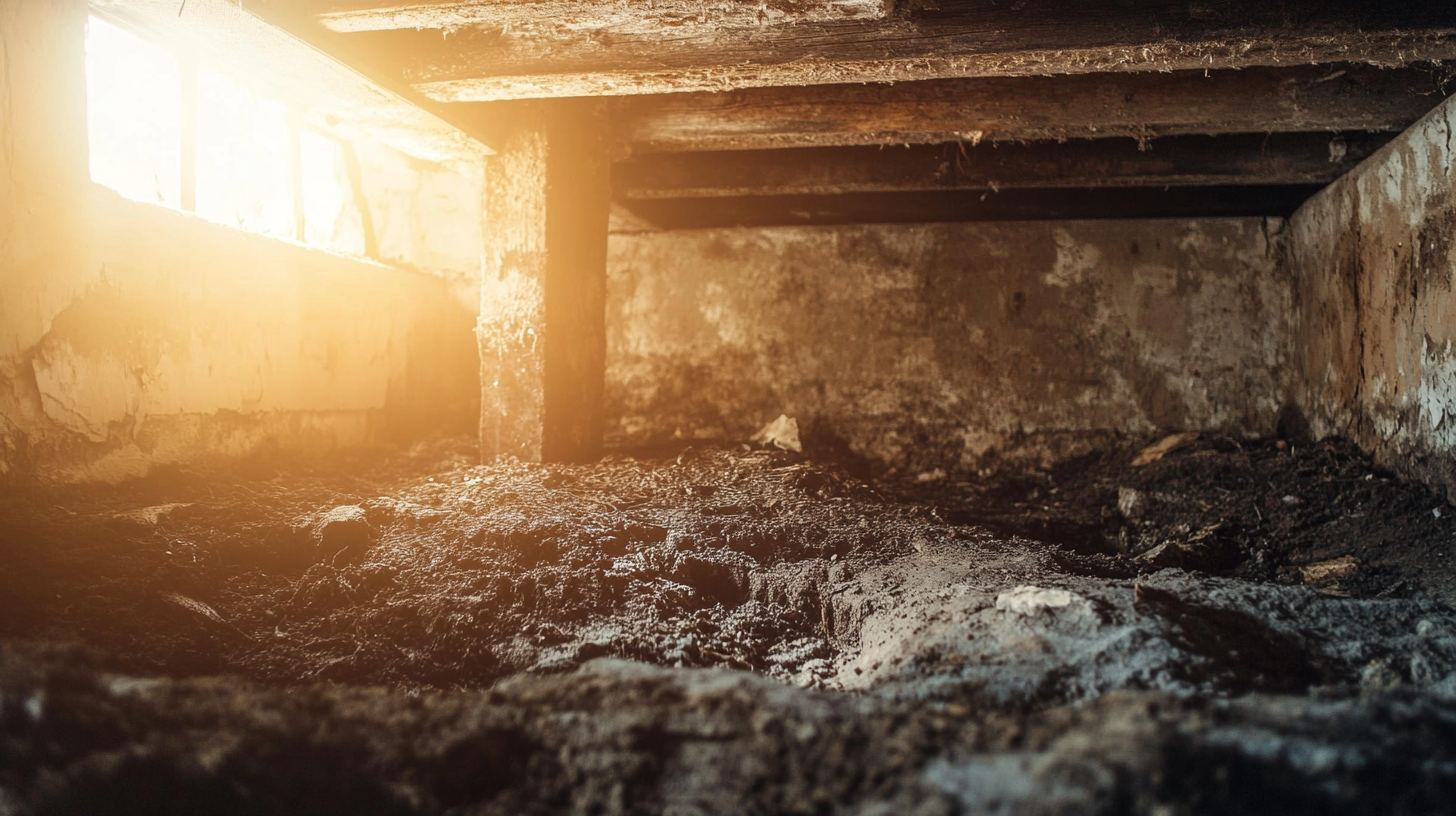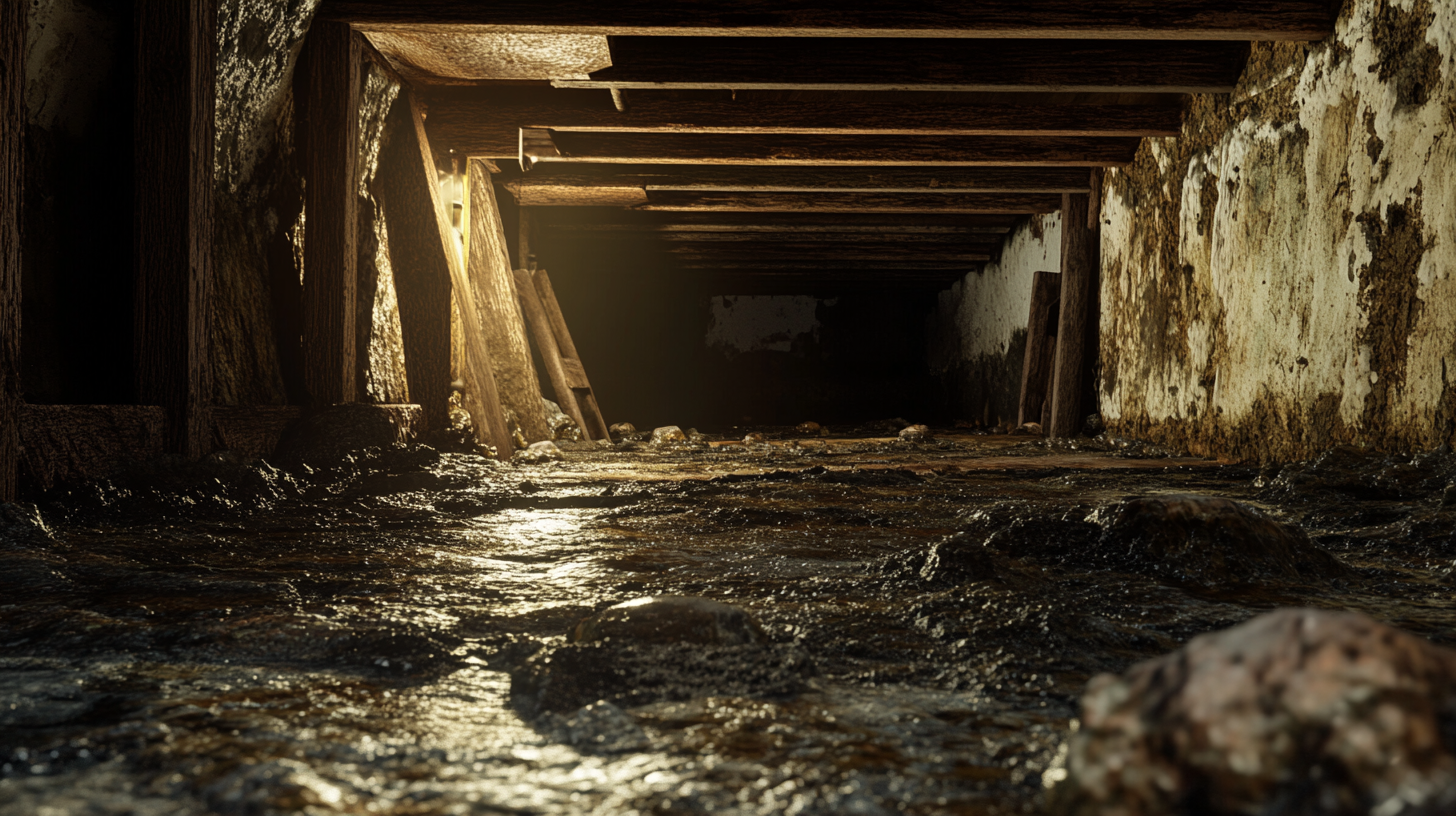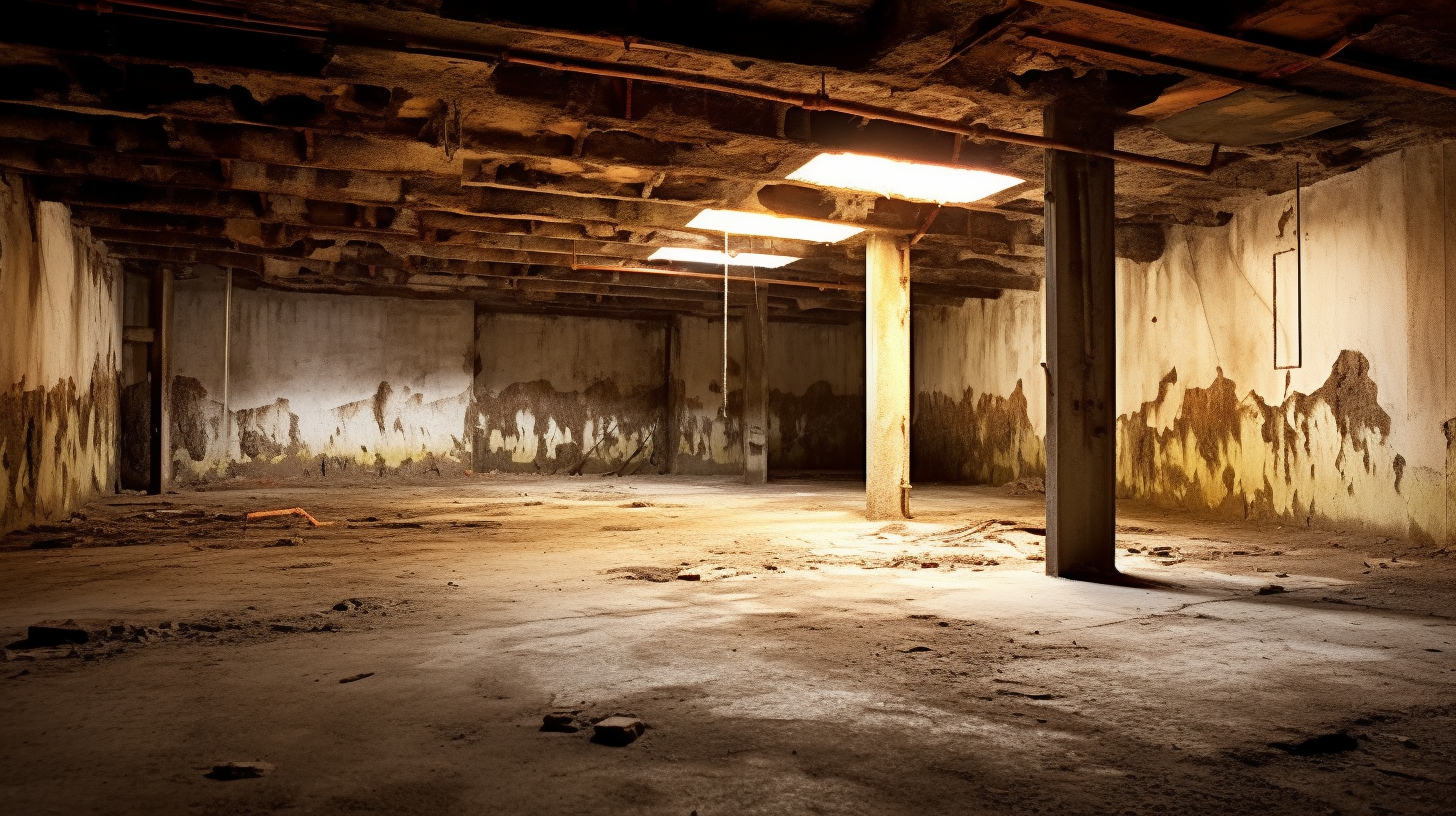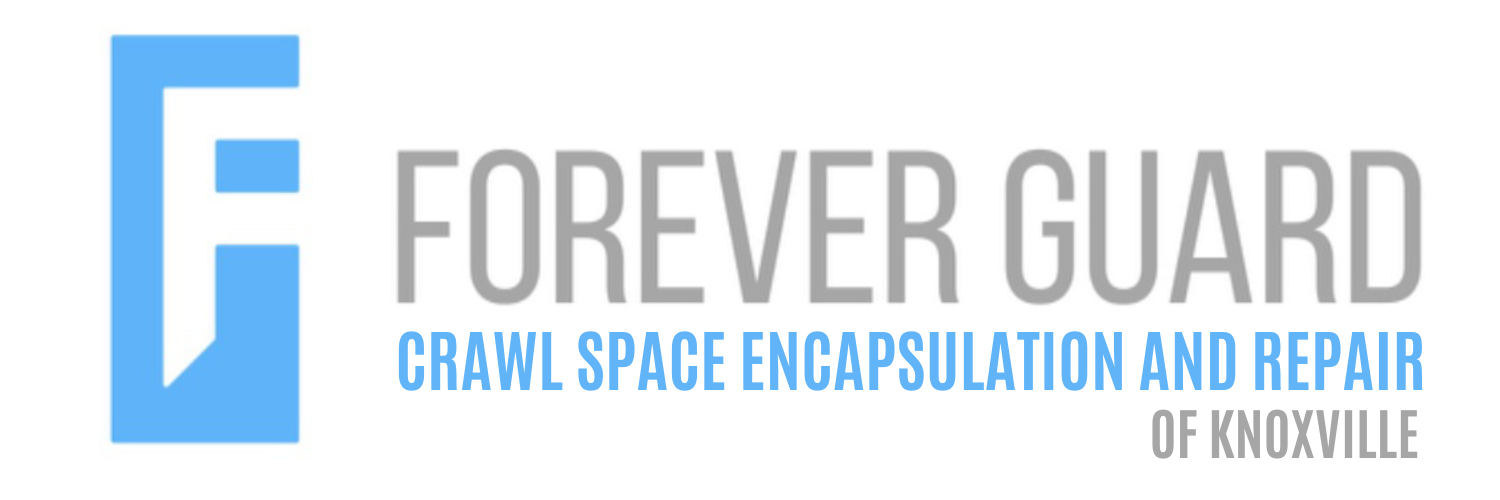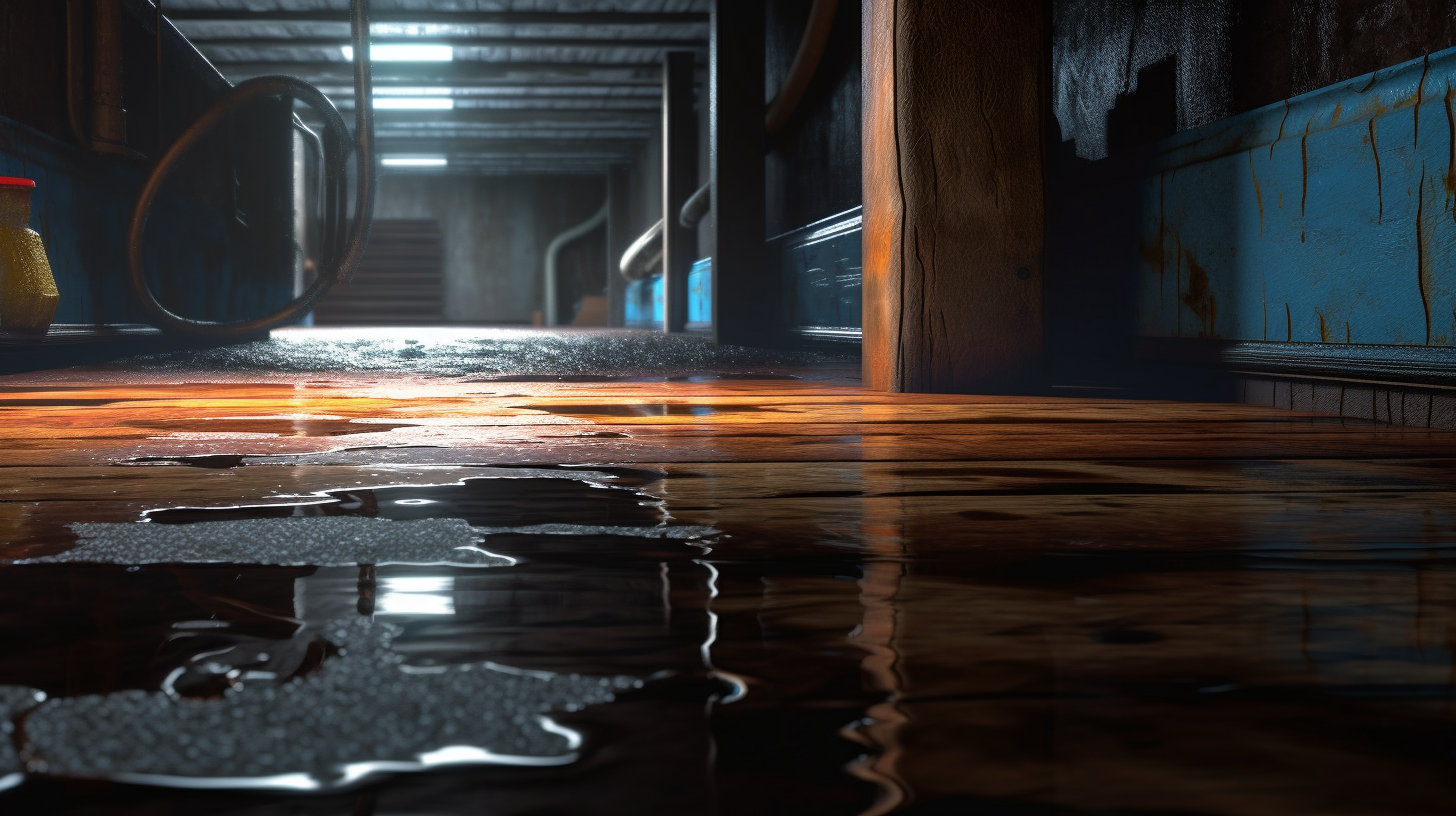Now IS THe Time To...

Crawl Space Services In Knoxville, TN
Stetson Howard: 865-432-6743
CRAWL SPACE ENCAPSULATION, REPAIR, WATERPROOFING & MOLD REMOVAL
No-Obligation, Free Inspections
No-Obligation Free Estimates
We Warranty All of Our Work
100% Satisfaction Guaranteed
As environmental awareness increases globally, eco-friendly construction practices and sustainable building materials are becoming more critical in modern building projects. Today’s homeowners, architects, and builders are prioritizing sustainability to reduce the environmental impact of construction while enhancing energy efficiency and long-term durability. Choosing sustainable materials not only helps preserve natural resources but also contributes to healthier living environments and reduced carbon footprints. This growing shift toward green construction reflects a broader commitment to responsible building, ensuring that future generations can enjoy high-performance homes and commercial spaces that respect the planet.
Why Eco-Friendly Waterproofing Matters
As sustainability becomes a priority in construction, eco-friendly waterproofing materials offer a way to protect your home while minimizing environmental harm. Traditional waterproofing solutions often have a significant impact on the environment, while eco-friendly alternatives provide effective protection with fewer ecological drawbacks.
The Environmental Impact of Traditional Waterproofing Materials
Many conventional waterproofing materials, while effective, come with substantial environmental costs.
- Chemical-Based Products:
Common waterproofing materials like bitumen and PVC are made from chemical compounds that can release harmful toxins during both the manufacturing process and after application. These chemicals may leach into the soil or waterways, negatively affecting the surrounding environment and posing potential health risks to humans and wildlife. - Non-Biodegradable Materials:
Traditional waterproofing materials, such as synthetic polymers and asphalt-based products, are often non-biodegradable, contributing to long-term pollution. Once these materials reach the end of their lifespan, they don’t break down naturally, leading to accumulation in landfills and contributing to environmental degradation.
Benefits of Choosing Eco-Friendly Waterproofing Materials
Eco-friendly waterproofing materials offer effective protection while prioritizing health and sustainability, making them an increasingly popular choice for both residential and commercial construction projects.
- Healthier Living Spaces:
Eco-friendly waterproofing products are typically free from harmful chemicals and toxins, reducing the risk of indoor air pollution. By choosing these materials, homeowners can create healthier living environments, minimizing exposure to volatile organic compounds (VOCs) and improving indoor air quality. - Sustainable Resource Use:
Many eco-friendly waterproofing materials are made from renewable resources or recycled products, promoting a more sustainable approach to building. These materials help reduce the depletion of finite resources and support circular economy practices, where materials are reused rather than discarded. - Lower Environmental Footprint:
Eco-friendly waterproofing solutions are often produced with lower energy consumption, resulting in fewer emissions during manufacturing. Additionally, these materials are typically easier to recycle or dispose of responsibly, further reducing their environmental impact. By selecting these materials, builders and homeowners can reduce the overall carbon footprint of their projects while contributing to a greener future.
Key Features of Eco-Friendly Waterproofing Materials
Eco-friendly waterproofing materials offer effective protection while minimizing environmental impact. These materials are designed with sustainability in mind, reducing harmful emissions, promoting recyclability, and using renewable resources. Below, we explore the key features that make these materials a smart choice for environmentally conscious building projects.
Low VOC (Volatile Organic Compounds) Emissions
What Are VOCs?
Volatile Organic Compounds (VOCs) are chemicals emitted from many traditional construction materials, including paints, sealants, and waterproofing products. These compounds can negatively impact indoor air quality, leading to potential health risks such as respiratory issues, headaches, and allergic reactions. Additionally, VOCs contribute to environmental pollution, harming air quality and increasing the formation of ground-level ozone.
Low-VOC Products
Choosing waterproofing materials with low or zero VOC emissions is essential for reducing harmful off-gassing in enclosed spaces. Low-VOC products not only contribute to healthier indoor environments but also help reduce the overall environmental footprint of a construction project. By selecting these materials, builders and homeowners can minimize toxic emissions while ensuring long-lasting waterproofing protection.
Biodegradability and Recyclability
Biodegradable Materials
Eco-friendly waterproofing materials are often designed to be biodegradable, meaning they break down naturally without leaving harmful residues in the environment. These materials decompose safely over time, reducing their long-term impact on landfills and preventing the accumulation of non-degradable substances in the ecosystem.
Recyclable Options
In addition to biodegradability, many sustainable waterproofing solutions are recyclable, further reducing their environmental footprint. Products made from recyclable materials can be processed and reused, helping to reduce waste and conserve resources. By choosing recyclable waterproofing materials, homeowners and builders can support a circular economy, where materials are repurposed rather than discarded.
Made from Renewable or Recycled Resources
Renewable Materials
Some eco-friendly waterproofing products are derived from renewable resources, such as plant-based ingredients or sustainable raw materials like natural rubber or wood fibers. These materials are harvested in ways that do not deplete finite resources, making them a sustainable alternative to traditional waterproofing options. Using renewable materials helps reduce the carbon footprint of construction projects and supports environmentally responsible building practices.
Recycled Materials
Many eco-friendly waterproofing solutions are made from recycled materials, such as recycled rubber or plastic. These products divert waste from landfills and reduce the need for new raw materials, contributing to resource conservation. By selecting waterproofing materials made from recycled content, builders can reduce the demand for virgin resources and promote more sustainable building practices.
Top Eco-Friendly Waterproofing Materials
As the demand for sustainable construction materials grows, eco-friendly waterproofing options are becoming more popular for their ability to protect structures while minimizing environmental impact. These materials not only offer effective waterproofing but also contribute to healthier living environments and reduced resource consumption. Below are some of the top eco-friendly waterproofing materials available today.
Bentonite Clay Waterproofing
How It Works:
Bentonite clay is a natural material that expands when exposed to water, forming a self-sealing waterproof barrier. This clay’s swelling properties make it highly effective at stopping water infiltration in below-grade structures.
Eco-Friendly Benefits:
Bentonite is a non-toxic, biodegradable, and naturally occurring material, making it an eco-friendly choice. It’s sourced sustainably and doesn’t release harmful chemicals into the environment during or after its use.
Best Uses:
Bentonite is ideal for below-grade waterproofing, such as basements and foundations, where its expanding properties provide an additional layer of protection against water pressure.
Limitations:
Bentonite requires proper installation to perform effectively, and it may not be suitable for areas with extreme water pressure, where other solutions might provide more reliable protection.
Water-Based Polyurethane Coatings
How It Works:
Water-based polyurethane coatings create a flexible, waterproof layer that is resistant to water infiltration. These coatings are applied to surfaces and dry to form a durable membrane that can withstand moisture and structural movement.
Eco-Friendly Benefits:
Water-based polyurethane contains low or zero VOCs, making it a much safer option for both the environment and the people applying it compared to solvent-based polyurethane. This makes it a more eco-friendly alternative while still delivering high performance.
Best Uses:
These coatings are ideal for roofs, terraces, and balconies, where flexibility is needed to accommodate expansion and contraction due to temperature changes.
Limitations:
Water-based polyurethane requires careful surface preparation to ensure proper adhesion and performance. It may also require periodic maintenance to maintain its waterproofing effectiveness over time.
Recycled Rubber Membranes
How It Works:
Recycled rubber membranes are made from repurposed materials like used tires or other rubber products. These membranes offer excellent waterproofing and flexibility, making them suitable for various applications.
Eco-Friendly Benefits:
By repurposing old rubber, these membranes help reduce waste and divert materials from landfills. Using recycled materials reduces the demand for new raw resources, making this option a highly sustainable waterproofing solution.
Best Uses:
Recycled rubber membranes are well-suited for flat roofs, foundations, and other large surfaces where durability and flexibility are needed.
Limitations:
Professional installation is often required to ensure optimal performance, particularly in large or complex installations where precision is key to achieving full waterproofing.
Bio-Based Liquid Waterproofing Membranes
How It Works:
Bio-based liquid membranes are applied as a liquid and harden into a seamless, flexible waterproof barrier. These membranes are made from plant-based oils and natural resins, offering a sustainable alternative to traditional liquid waterproofing products.
Eco-Friendly Benefits:
These membranes are made from renewable resources, with a low environmental impact during production and application. They offer a sustainable solution that is biodegradable and non-toxic, making them ideal for eco-conscious construction projects.
Best Uses:
Bio-based liquid membranes are perfect for irregular surfaces, balconies, and roofs, where a seamless application is crucial for effective waterproofing.
Limitations:
Bio-based membranes often come with a higher cost compared to conventional waterproofing liquids. Additionally, they may require professional application to ensure full and even coverage.
Silicate-Based Waterproofing
How It Works:
Silicate-based waterproofing solutions penetrate concrete surfaces and react with the minerals in the concrete to create a waterproof barrier. This method is ideal for preventing moisture from seeping into the concrete.
Eco-Friendly Benefits:
Silicate-based products are free from harmful chemicals, making them an environmentally safe choice. They have a minimal environmental impact during both production and application, and they do not release toxins into the air or soil.
Best Uses:
This type of waterproofing is most effective on concrete surfaces, including foundations, walls, and floors.
Limitations:
Silicate-based waterproofing is limited to concrete surfaces and may not be as effective on non-concrete materials, making it less versatile compared to other options.
Comparing Eco-Friendly Waterproofing Materials with Conventional Options
As sustainability becomes a priority in construction, many homeowners and builders are weighing the benefits of eco-friendly waterproofing materials against conventional options. Both approaches have their advantages, but when considering health, durability, and costs, eco-friendly products offer unique benefits that align with long-term environmental goals. Below, we explore key comparisons to help you make an informed decision.
Health and Safety Considerations
Eco-Friendly Products:
Eco-friendly waterproofing materials are designed with health and safety in mind, using low VOC (Volatile Organic Compounds) emissions, non-toxic ingredients, and sustainable processes. These materials are safer for both installers and occupants because they reduce the risk of harmful chemical exposure, contributing to healthier indoor air quality and minimizing environmental pollution.
Conventional Products:
In contrast, conventional waterproofing products like bitumen or PVC often contain chemicals that can negatively impact air quality over time. These materials may emit VOCs, which can lead to respiratory issues and other health concerns, especially in enclosed spaces. Additionally, the use of harmful chemicals during manufacturing and application poses a long-term health risk to both humans and the environment.
Durability and Performance
Eco-Friendly Materials:
Eco-friendly waterproofing materials offer competitive performance and durability, especially when applied correctly. Many sustainable options, such as bentonite clay or water-based polyurethane, provide long-lasting protection against water infiltration. However, some eco-friendly products may require more maintenance or periodic reapplication, depending on the exposure conditions, to maintain their effectiveness.
Conventional Materials:
Conventional waterproofing materials have a long track record of durability and are known for their resilience in demanding conditions. Products like bituminous membranes and PVC coatings have been used for decades and offer excellent protection. However, they often require more energy and resources to produce, contributing to a larger environmental footprint. While they may last longer, the environmental cost of production and disposal is higher than that of sustainable alternatives.
Cost Comparison
Eco-Friendly Materials:
Eco-friendly waterproofing materials often come with a higher initial cost, mainly due to the sustainable manufacturing processes and the use of renewable or recycled materials. However, these products can offer long-term savings by reducing environmental impact, lowering disposal costs, and minimizing the need for frequent maintenance. Additionally, choosing eco-friendly materials supports healthier living environments and may increase the value of a property for environmentally conscious buyers.
Conventional Materials:
Conventional waterproofing materials are generally more affordable upfront, making them appealing for budget-conscious projects. However, these savings can be offset by higher environmental and disposal costs in the long run. The use of non-renewable resources, the energy-intensive manufacturing process, and the potential for harmful waste contribute to higher overall costs to the environment, even if the financial cost seems lower initially.
Factors to Consider When Choosing Eco-Friendly Waterproofing Materials
Choosing the right eco-friendly waterproofing material for your project requires thoughtful consideration of several factors, including climate, the area of application, and long-term costs. By understanding these key elements, you can ensure that your waterproofing solution not only performs well but also aligns with sustainability goals.
Climate and Environmental Exposure
Rain and Humidity:
In regions with heavy rainfall or high humidity, it’s essential to choose eco-friendly waterproofing materials that offer proven resistance to water and moisture. For example, silicate-based waterproofing products are ideal for protecting concrete surfaces, while bio-based liquid membranes provide seamless protection for areas prone to consistent moisture exposure. These materials prevent water infiltration while minimizing environmental impact, making them a solid choice for wet climates.
Temperature Fluctuations:
For climates with significant temperature variations, selecting a waterproofing material that can expand and contract without compromising its integrity is crucial. Recycled rubber membranes, known for their flexibility, perform well in such environments, adapting to the changing temperatures without cracking or losing effectiveness.
Area of Application
Interior vs. Exterior:
Eco-friendly waterproofing materials must be selected based on whether they’ll be used for interior or exterior surfaces. For exterior surfaces like roofs or terraces, water-based polyurethane coatings are an excellent choice because of their durability and weather resistance. On the other hand, silicate-based coatings are perfect for interior concrete surfaces, such as basement walls and floors, where moisture control is necessary, but exposure to harsh outdoor conditions is minimal.
Below-Grade vs. Above-Grade:
Different waterproofing materials work best depending on whether the application is below-grade (such as basements and foundations) or above-grade (such as roofs and terraces). For below-grade applications, materials like bentonite clay or silicate-based waterproofing are ideal, as they create a strong barrier against groundwater pressure. For above-grade areas, recycled rubber membranes and bio-based liquid waterproofing are preferred due to their flexibility, durability, and ability to withstand weather exposure.
Budget and Long-Term Considerations
Initial Investment:
Eco-friendly waterproofing materials often come with a higher upfront cost due to the sustainable production processes involved. However, this initial investment can lead to long-term savings, as these materials typically offer enhanced durability and require less frequent maintenance compared to conventional options. For example, bio-based liquids and recycled rubber membranes provide long-lasting protection, reducing the need for repairs or replacements over time.
Environmental Impact:
When selecting eco-friendly waterproofing materials, it’s important to consider their environmental impact throughout their lifecycle. Prioritize materials that minimize harm during production, installation, and disposal. Look for products made from renewable resources, like plant-based oils or recycled materials, which help conserve natural resources and reduce waste. Additionally, materials with low VOC emissions and non-toxic ingredients contribute to healthier living environments and a smaller ecological footprint.
FAQs
Recent Blog Posts
Crawl Space News
